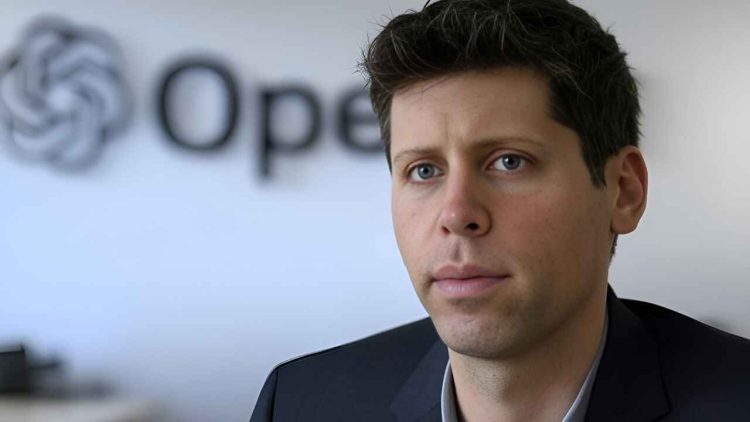OpenAI CEO Sam Altman revealed plans for significant updates to the company’s AI model lineup, with GPT-4.5 expected to launch within “weeks”, followed by a more unified GPT-5 release.
weeks / months
— Sam Altman (@sama) February 12, 2025
Here’s all he has to say!
GPT-4.5 will be The Last Non-Chain-of-Thought Model
Sam Altman has stated that GPT-4.5, which OpenAI refers to internally as “Orion,” will arrive in a matter of weeks. This model encountered some hurdles last year, with reports suggesting it did not meet performance targets at first.
However, he appears confident that these challenges have been addressed, and the model is now ready for launch.
Chain-of-thought refers to a method where an AI system takes extra computing steps to reason about a question. It’s similar to how a person might think through a problem in stages rather than jumping to a conclusion.
GPT-4.5 is set to be the final release that does not fully rely on this step-by-step process. Future models will use this approach more often, which could allow them to handle more complicated tasks and respond with greater clarity.
“We Hate the Model Picker as Much as You Do”
Currently, OpenAI offers multiple models for different needs. This can lead to confusion over which version works best.
Altman wrote on social network X, “We want AI to ‘just work’ for you”; we realize how complicated our model and product offerings have gotten. We hate the model picker as much as you do.”
This message points to OpenAI’s plan to simplify its offerings so users spend less time figuring out which model to use.
Moving Toward GPT-5
Once GPT-4.5 is released, OpenAI aims to merge the GPT-5 with its newer o-series. These o-series models, including one called o3, are built to think longer when necessary. The new GPT-series model will bring everything together, so users won’t have to choose between different categories of language models.
OpenAI has been experimenting with o3 behind the scenes. A smaller version, the o3-mini, was released, yet the main o3 model remains behind closed doors.
According to Altman, GPT-5 will incorporate o3 completely, which means the AI will automatically decide how much mental effort to apply. This could make the overall experience more natural, as the AI might spend extra time reasoning about difficult queries.
Sam Altman thinks Unifying Models is Better
Combining older GPT models with o-series models under one system can reduce confusion for both developers and everyday users.
Instead of separate product lines, OpenAI plans to have a single family of models that figures out the best approach for each situation. This may eventually mean a simpler interface, fewer settings to tweak, and more predictable results.
Release Timeline
Sam Altman indicated that GPT-5, once available, will offer different “intelligence levels” for free, Plus, and Pro subscribers. Free users will have unlimited chats at a standard setting, while Plus users will gain access to a higher level. Pro subscribers will see an even higher setting.
The exact dates haven’t been revealed, but Sam Altman mentioned “weeks/months” as the rough timeline for releasing GPT-4.5 and GPT-5.
You can read the official announcement here:
OPENAI ROADMAP UPDATE FOR GPT-4.5 and GPT-5:
— Sam Altman (@sama) February 12, 2025
We want to do a better job of sharing our intended roadmap, and a much better job simplifying our product offerings.
We want AI to “just work” for you; we realize how complicated our model and product offerings have gotten.
We hate…
When GPT-5 arrives, o3 will no longer be offered on its own. Instead, it will serve as a key part of GPT-5’s internal workings, allowing the AI to decide how long it should think about a user’s prompt. This move signals a major product shift for OpenAI, which will focus on a unified approach instead of isolated models.
Takeaways
GPT-4.5 will be a big release as OpenAI’s final model without chain-of-thought reasoning, paving the way for GPT-5 to go all-in on “reasoning”. The streamlined approach promises to reduce confusion for users and potentially expand the kinds of tasks AI can tackle.








